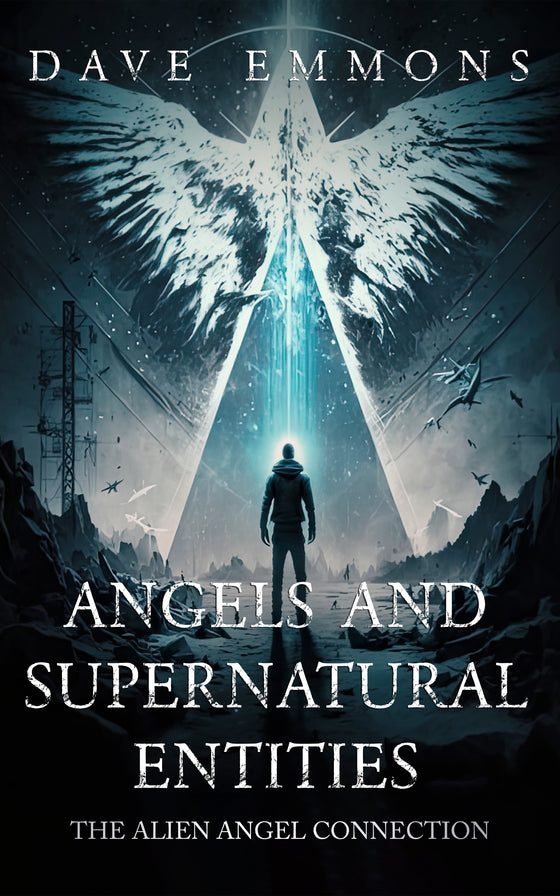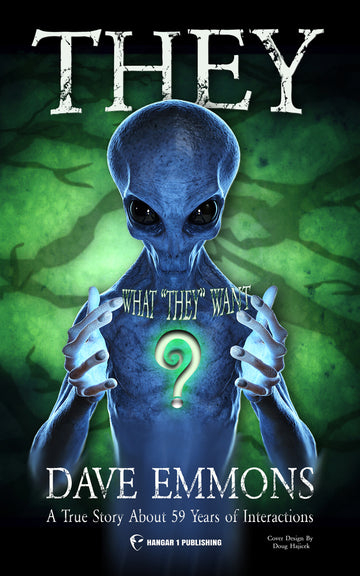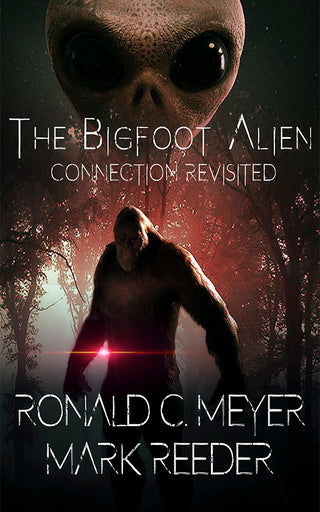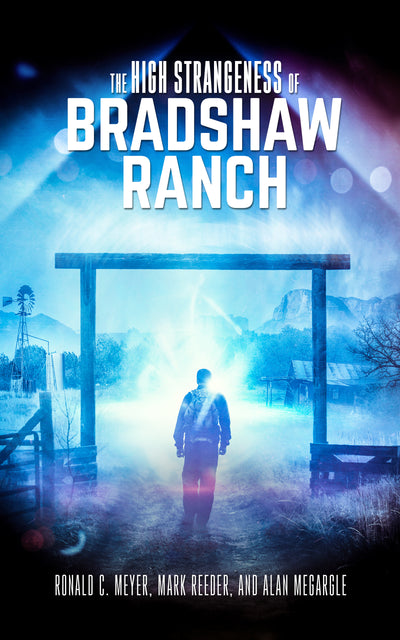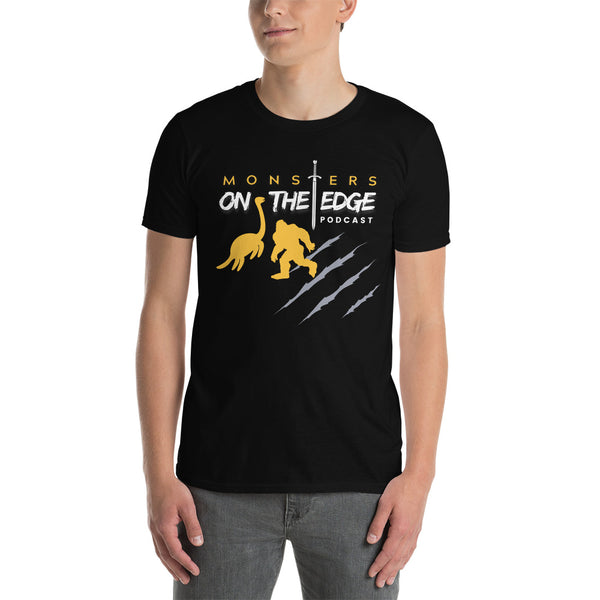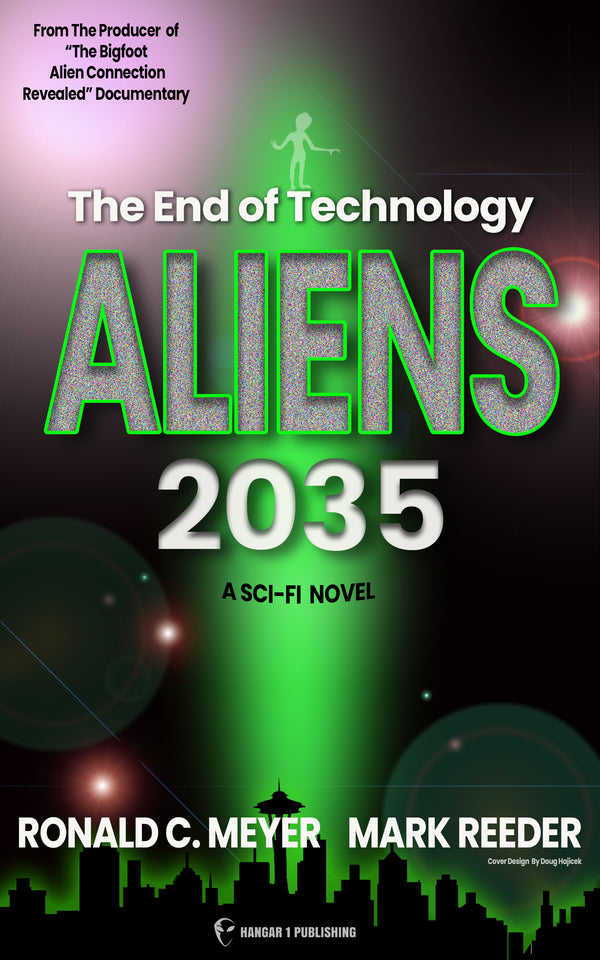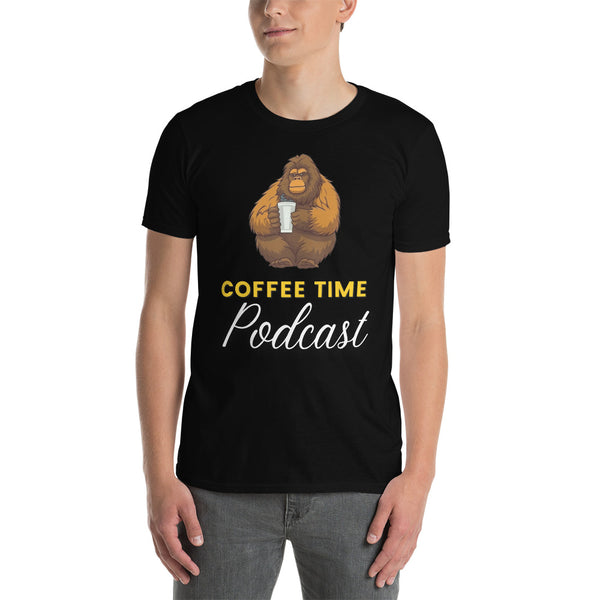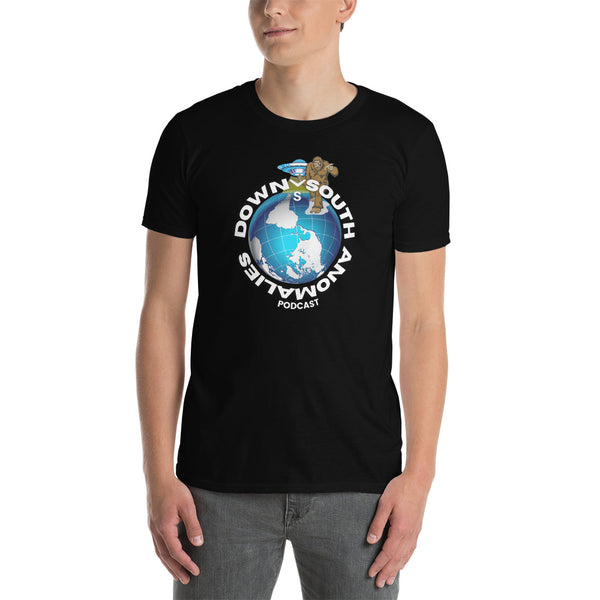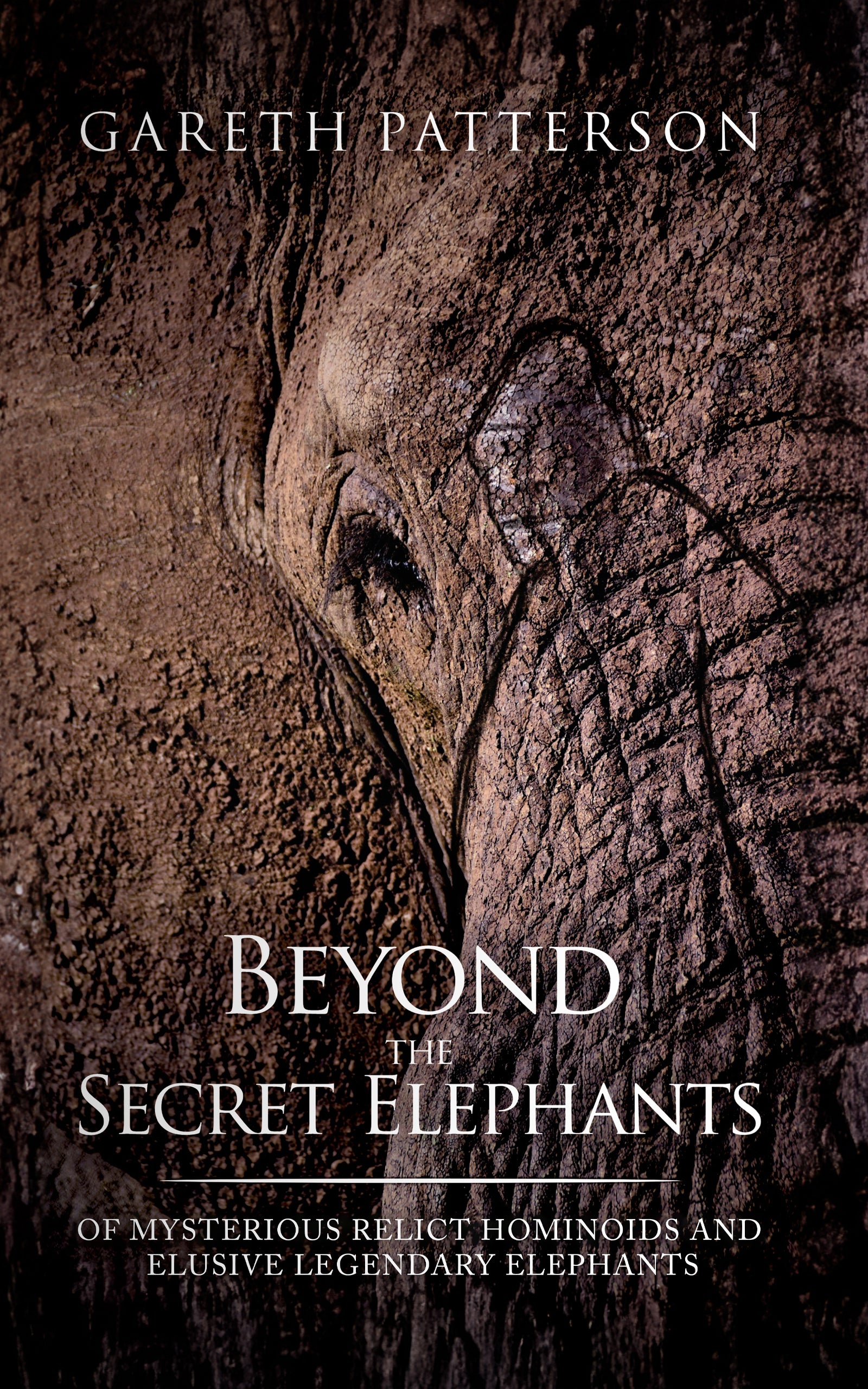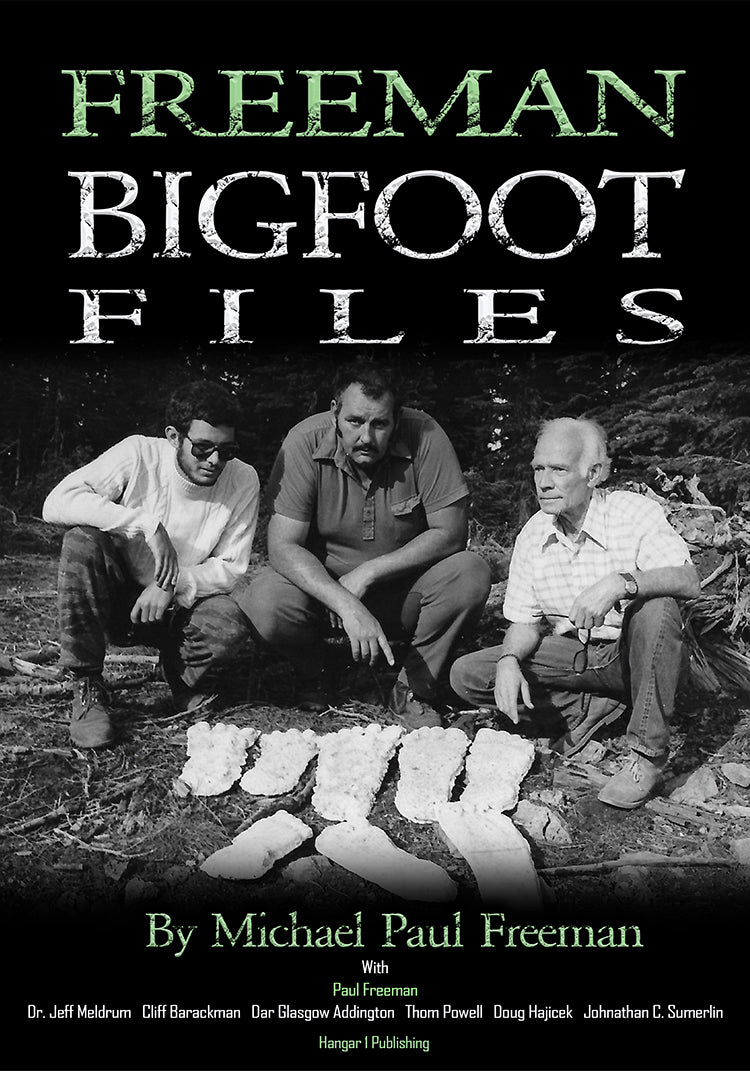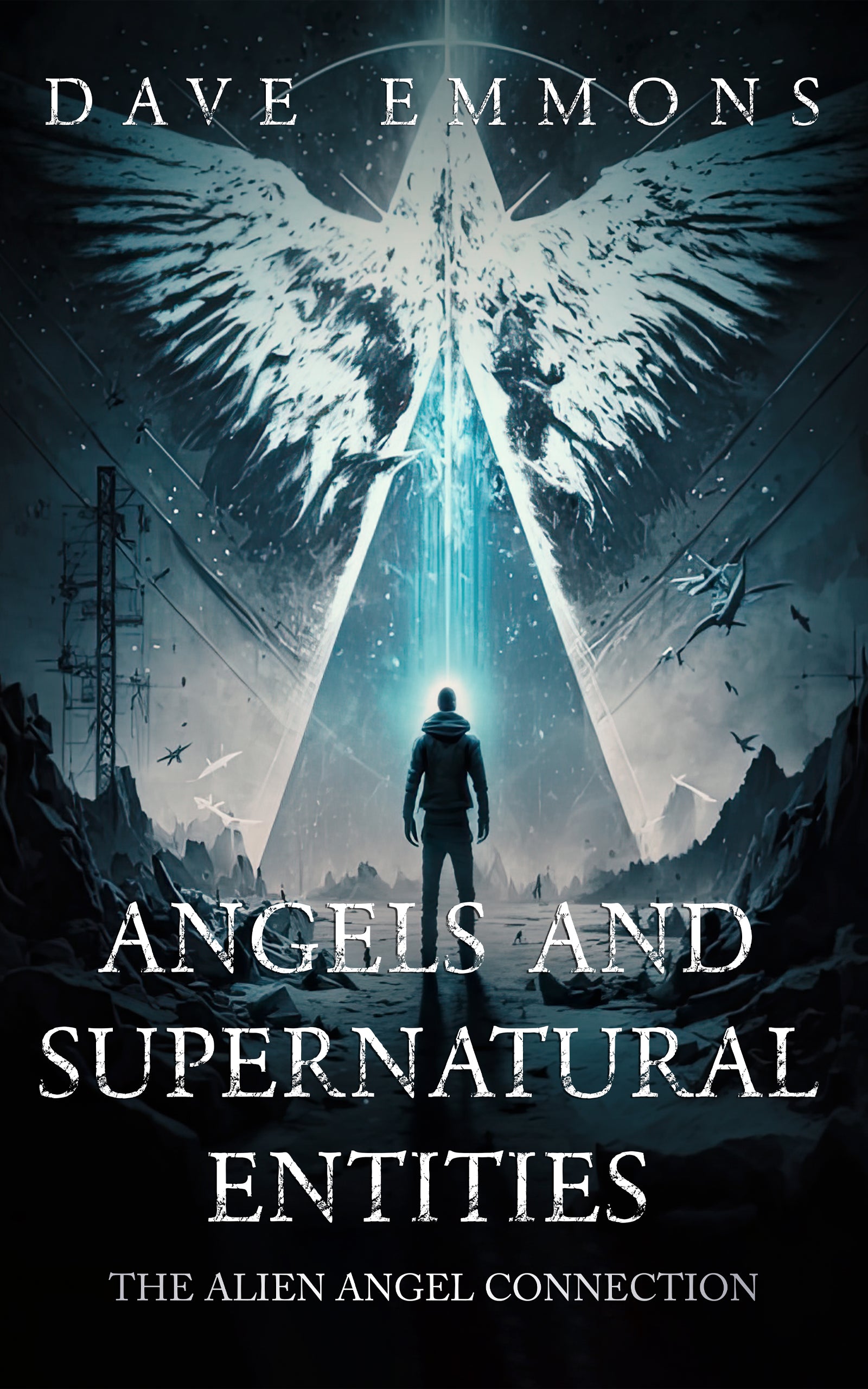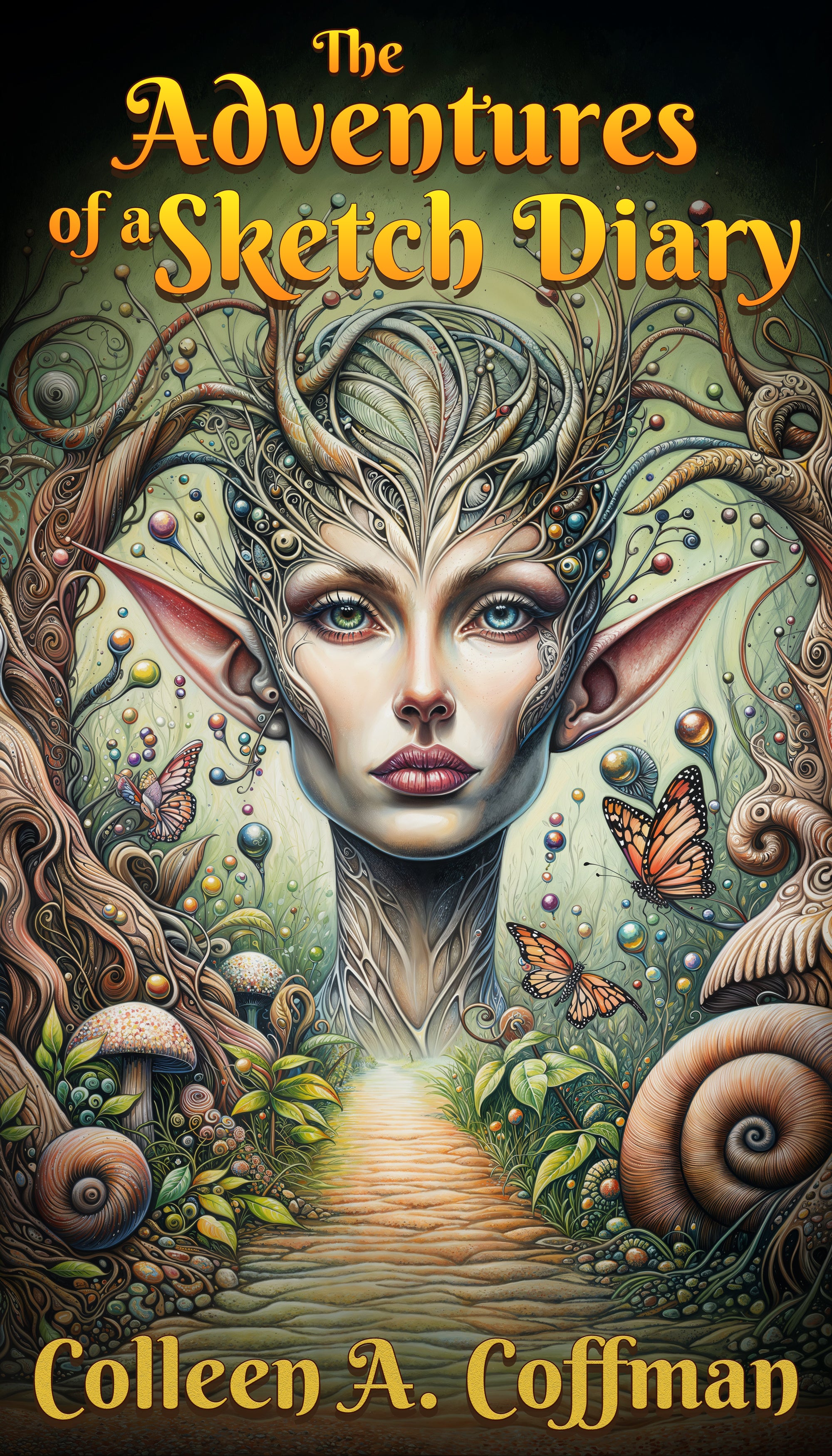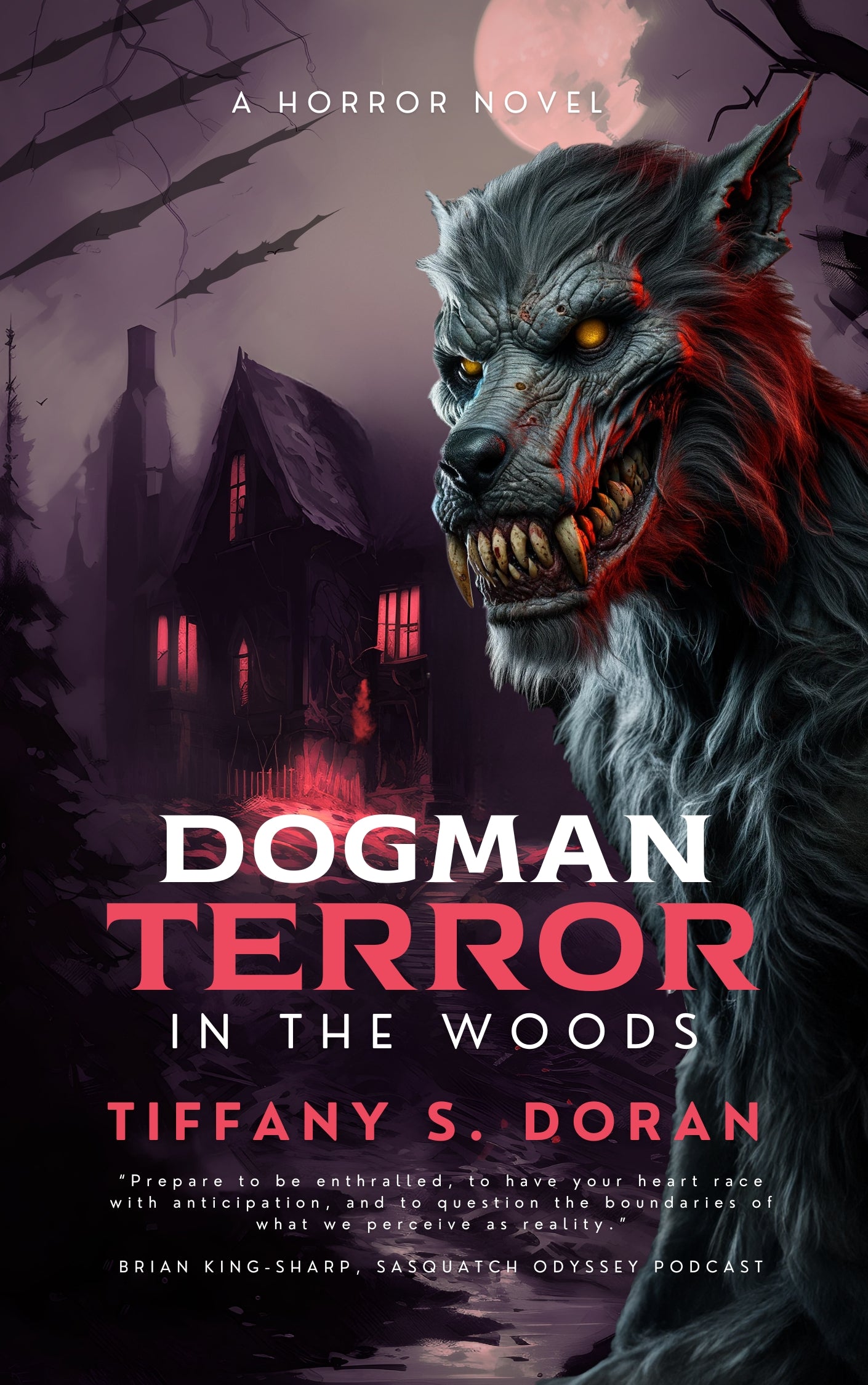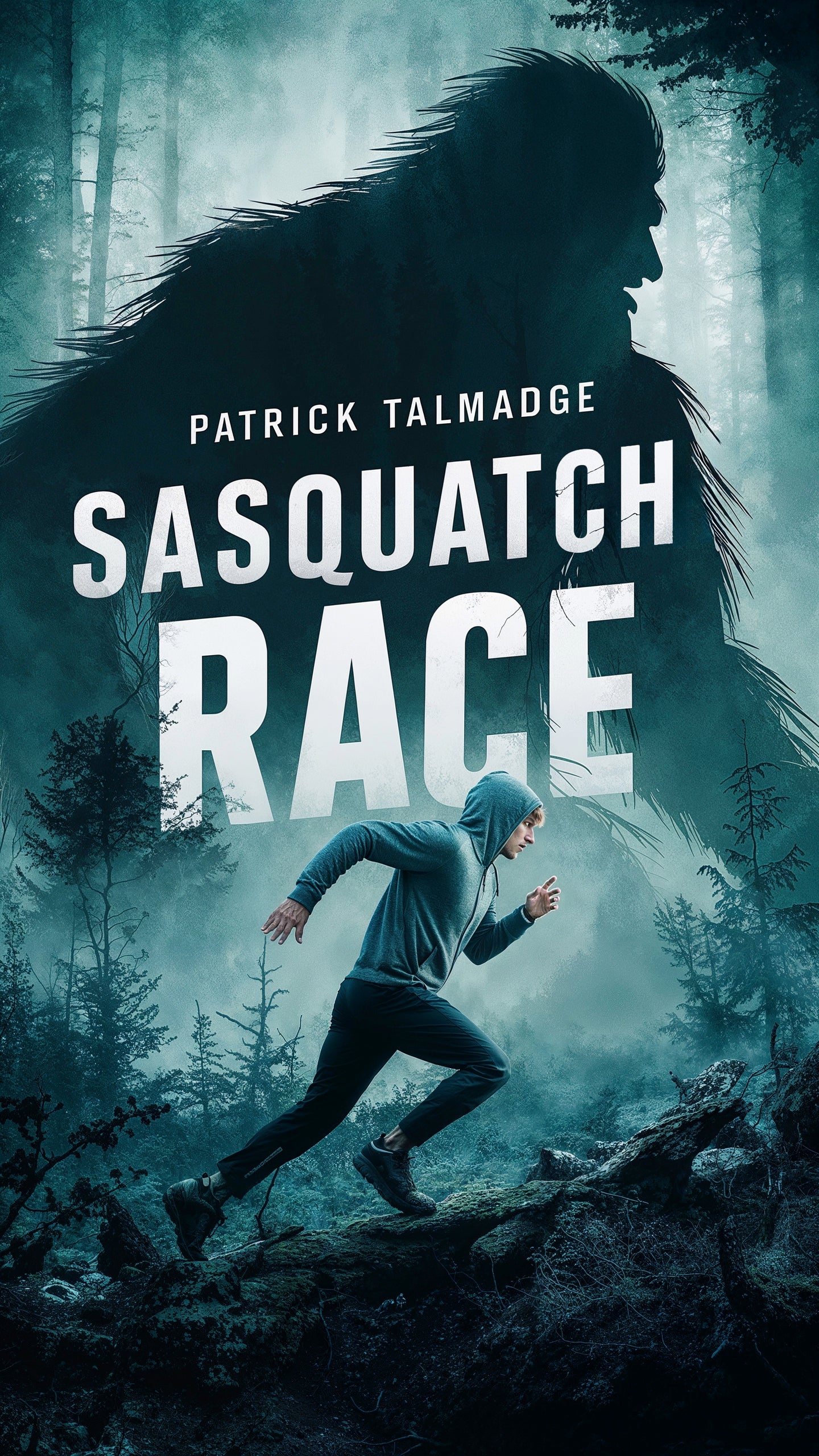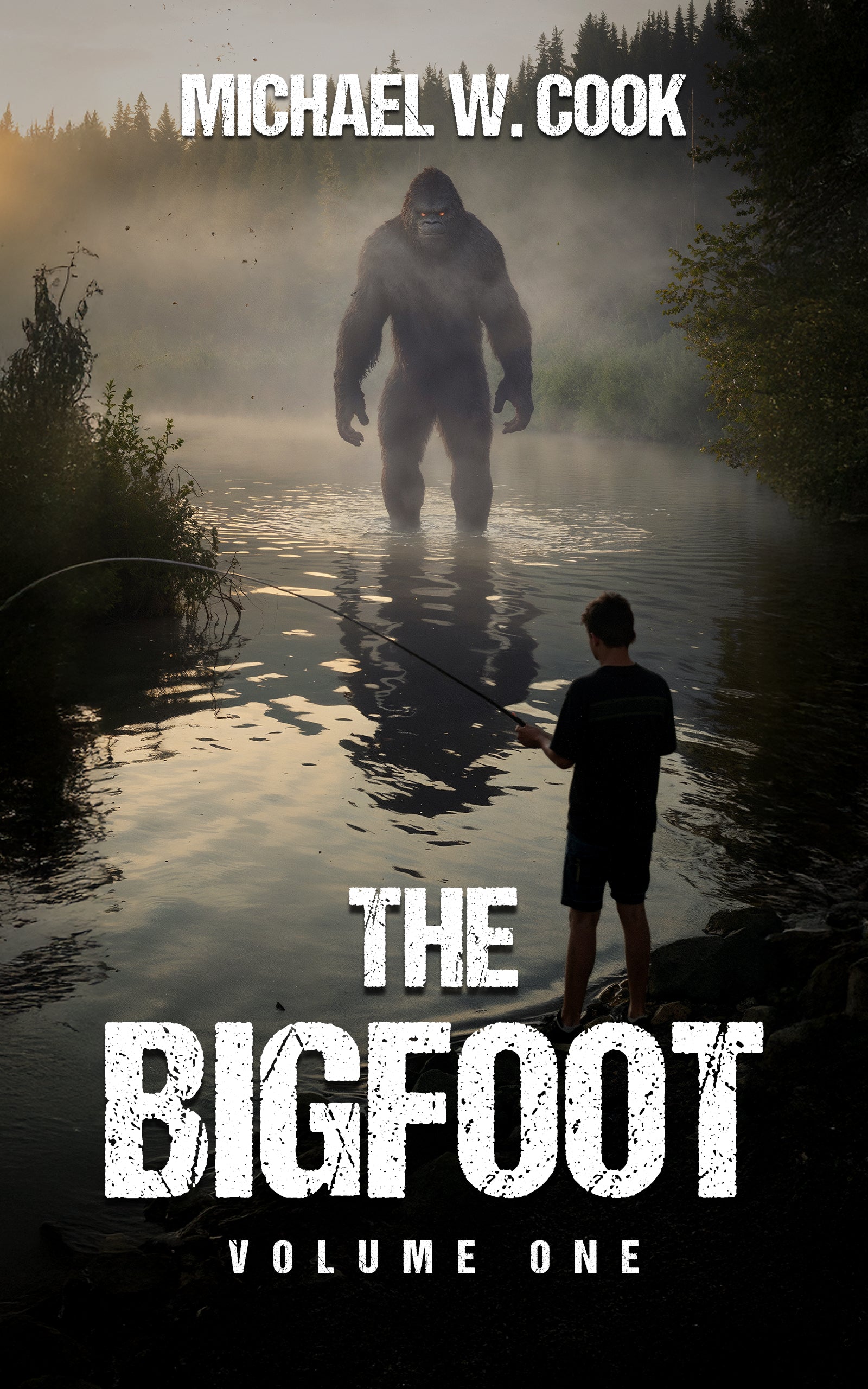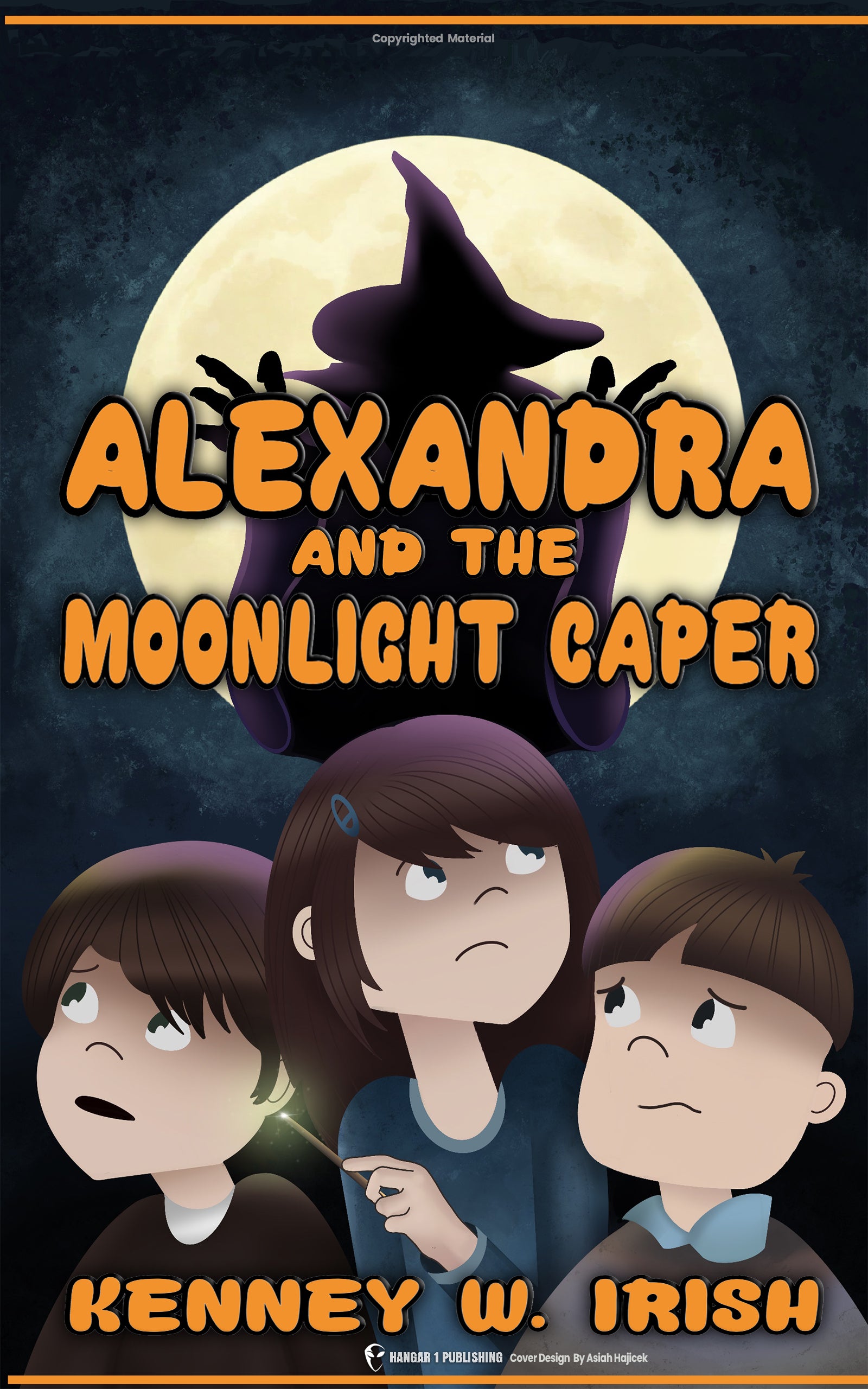Conspiracy Documentaries: Unraveling Truth from Fiction
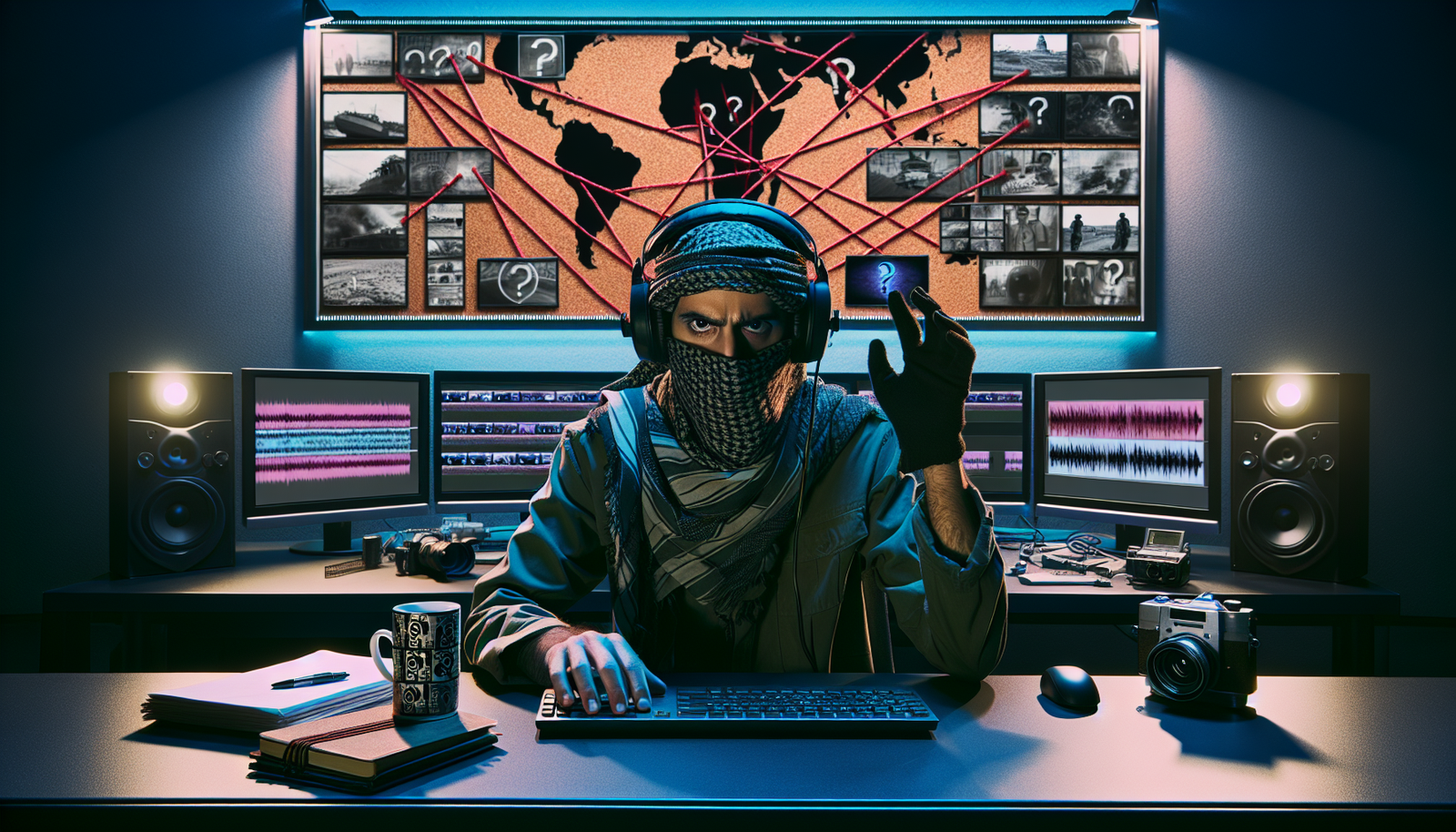
By Vanessa Torres, Ufologist
I've spent countless hours watching conspiracy documentaries—from grainy VHS tapes about JFK to slick streaming series about secret societies. What fascinates me isn't just the content, but how these films transform speculation into compelling narratives that millions embrace as truth.
Conspiracy documentaries occupy a paradoxical position in our media landscape. They question established narratives while creating new ones. They expose some genuine cover-ups while fabricating others. They satisfy our hunger for meaning while potentially disconnecting us from reality.
These documentaries aren't just entertainment—they're powerful forces shaping how people understand their world, influencing everything from vaccine decisions to voting behavior. In an era where institutional trust has eroded and information overflows, these films both reflect and accelerate our fractured sense of shared reality.
Let's pull back the curtain on how conspiracy documentaries work, why they resonate so deeply, and what happens when their narratives leap from screen to street.
From Fringe to Mainstream: The Evolution of Conspiracy Documentaries
The 1963 assassination of President Kennedy marks ground zero for modern conspiracy documentaries. The Warren Commission's explanation satisfied few Americans, creating fertile ground for alternative theories. Early films like "Rush to Judgment" (1967) established a template that persists today: interviewing overlooked witnesses, analyzing footage frame-by-frame, and questioning official investigations.
The Watergate scandal poured rocket fuel on conspiracy thinking. If the President himself orchestrated a criminal conspiracy, what other shadowy plots might exist? Early films like "Executive Action" (1973)—featuring established actors including Burt Lancaster—brought conspiracy narratives to mainstream audiences.
"The 1990s marked a watershed moment," explains media historian Robert Thompson. "Oliver Stone's 'JFK' used cutting-edge filmmaking to create what Stone himself called a 'counter-myth' to the Warren Commission. With a $40 million budget and star-studded cast, it brought conspiracy theories to multiplexes nationwide."
Television amplified this mainstreaming effect. "The X-Files" turned "The truth is out there" into a cultural catchphrase. The show's fictional stories about government cover-ups of aliens and paranormal phenomena made conspiracy thinking not just acceptable but cool.
Then came the digital revolution. YouTube's 2005 launch created an unprecedented platform for amateur filmmakers. "Loose Change," first released online that year, typifies this shift. Made by Dylan Avery on a laptop for $2,000, this 9/11 conspiracy documentary has been viewed tens of millions of times across multiple versions. Its DIY aesthetic—incorporating news footage, ominous music, and authoritative narration—established a template countless others would follow.
"Zeitgeist" (2007) pushed this model further, combining religious conspiracy theories, 9/11 alternative narratives, and banking system critiques into a comprehensive worldview. These films didn't just deliver content—they created communities, as viewers gathered in forums to expand theories together.
Today, conspiracy documentaries boast unprecedented production quality and reach. Netflix, Amazon Prime, and other streaming platforms have invested heavily in conspiracy-adjacent content like "Wild Wild Country" (about the Rajneeshpuram cult) and "The Family" (examining a secretive Christian organization's political influence). High production values, celebrity narrators, and sophisticated graphics lend these productions a legitimacy their predecessors lacked.
We've also seen the rise of meta-documentaries examining conspiracy culture itself. "Behind the Curve" (2018) follows flat Earth believers with surprising empathy, showing how community and identity formation drive belief as much as evidence does.
This evolution—from fringe to mainstream, amateur to professional, niche to global—reflects broader shifts in media production and consumption. As barriers to entry fell and algorithmic recommendation systems emerged, conspiracy content found ever-wider audiences, forever changing our information landscape.
The Anatomy of Persuasion: How Conspiracy Documentaries Construct Reality
Conspiracy documentaries employ sophisticated techniques that transform speculation into seemingly solid truth. Understanding these methods is essential for critical viewing.
The documentary form itself serves as a powerful credibility shortcut. We associate documentaries with journalism, education, and truth-telling. By adopting documentary conventions, conspiracy filmmakers borrow this presumed authority. The visual language of news broadcasts—talking head interviews, archival footage, on-location reporting—signals reliability even when content lacks journalistic rigor.
"Conspiracy filmmakers are masters of visual rhetoric," notes film studies professor Lisa Colletta. "They understand that how something looks affects whether we believe it, often more than what's actually being said."
Narrative structures typically follow familiar patterns. The hero's journey framework positions the filmmaker or key subjects as truth-seekers battling powerful forces. Viewers are invited to join this quest, creating a sense of participatory investigation. The gradual revelation structure—where "truth" emerges piece by piece—builds tension and engagement.
"Connecting the dots" visualization represents a cornerstone technique. Conspiracy documentaries excel at presenting seemingly unrelated events as clearly linked, often through visual aids like bulletin boards, timelines, or digital graphics. These connections create the impression of pattern and intent where random coincidence might be a simpler explanation.
Rhetorical strategies amplify persuasive power. Authoritative narration, typically male and delivered with grave certainty, guides viewers through complex material. Strategic use of experts—sometimes with impressive-sounding but vague or misleading credentials—lends academic weight to claims. Emotional appeals, particularly fear and indignation, bypass critical thinking in favor of visceral response.
Selective evidence presentation forms perhaps the most powerful tool in the conspiracy documentary arsenal. By highlighting information that supports the theory while omitting contradictory evidence, filmmakers create a seemingly airtight case. The "just asking questions" approach allows documentarians to suggest explosive claims while maintaining plausible deniability about their veracity.
Technical elements enhance persuasive impact in ways viewers might not consciously notice. Music and sound design create emotional resonance—ominous tones signal danger, while triumphant swells accompany revelations. Editing techniques imply connections between images that might not exist in reality. Quick cuts between faces and documents suggest reactions and relationships the footage doesn't actually establish.
Graphics and visual effects transform abstract concepts into seemingly concrete evidence. In "2000 Mules" (2022), slick graphics purported to show voter fraud through cellphone tracking data. However, fact-checkers later revealed these visualizations didn't match actual data—in one case, a map supposedly showing Atlanta was actually stock footage of Moscow.
These techniques aren't inherently deceptive—many are standard documentary practices. The difference lies in their application. Legitimate documentarians use these tools to clarify complex truths, while propaganda weaponizes them to construct compelling but potentially false narratives.
A Taxonomy of Conspiracy Documentaries: Categories and Themes
Conspiracy documentaries cover remarkably diverse subjects, but certain categories have proven particularly fertile ground for alternative narratives.
Political Conspiracy Documentaries
Political conspiracy documentaries remain the genre's foundation. Assassination theories, particularly regarding John F. Kennedy, Robert F. Kennedy, and Martin Luther King Jr., constitute a major subgenre. Films like "JFK: The Smoking Gun" propose alternative scenarios, in this case suggesting "a Secret Service agent accidentally killed President Kennedy." Election fraud narratives form another significant category, from allegations about electronic voting machines to more recent productions like "2000 Mules." Deep state theories suggest unelected officials control governmental decisions, while false flag documentaries, most notoriously "Loose Change," allege governments stage attacks to justify policy objectives like war or surveillance.
Health and Medical Conspiracies
Health and medical conspiracies gained tremendous traction during the COVID-19 pandemic. Anti-vaccination documentaries found new audiences through films like "Plandemic," which went viral in May 2020 despite—or because of—being banned from mainstream platforms. These productions often feature discredited researchers or cherry-picked data to suggest vaccines cause harm or serve hidden agendas.
"What's fascinating is the crossover between wellness communities and conspiracy thinking," observes social psychologist Amanda Montell. "We've seen yoga instructors and natural health advocates increasingly embrace conspiracy frameworks—from 'body sovereignty' arguments against vaccines to full-blown QAnon theories."
Corporate and Financial Conspiracy Documentaries
Corporate and financial conspiracy documentaries examine alleged manipulation of economic systems. Banking system critiques like "The Money Masters" claim private banking cartels control monetary policy to enrich themselves at public expense. "The Corporation" examines corporate personhood, comparing corporate behavior to psychopathy. Environmental cover-up allegations suggest corporations and governments conceal pollution impacts, while food industry conspiracies question safety regulations and industry influence.
Religious, Occult, and Secret Society Themes
Religious, occult, and secret society themes form another major category. Religious organization exposés like "The Family" examine how religious groups allegedly exert hidden influence over politics. "Going Clear: Scientology & the Prison of Belief" represents cult investigation documentaries that explore manipulation tactics and abuse allegations. Illuminati and Freemason conspiracy documentaries claim these societies control world events from the shadows. New World Order frameworks synthesize many of these elements into grand unified conspiracy theories about planned global governance.
Extraterrestrial and Paranormal Conspiracies
Extraterrestrial and paranormal conspiracies maintain perennial appeal. UFO cover-up documentaries like "Bob Lazar: Area 51 and Flying Saucers" claim governments hide evidence of alien contact. "Unacknowledged" alleges ongoing relationships between governments and extraterrestrial beings. Ancient alien narratives suggest extraterrestrial influence on early human civilization, while interdimensional theories propose entities from other realms influence human affairs.
Historical Revisionism Documentaries
Historical revisionism documentaries reexamine major events through conspiracy lenses. Moon landing skepticism, dramatized in "Operation Avalanche," questions whether NASA faked Apollo missions. "The Untold History of the United States" represents alternative historical narratives that challenge conventional accounts of American history. Alternative archaeology theories propose ancient advanced civilizations existed but have been erased from the record.
Technology and Surveillance Conspiracies
Technology and surveillance conspiracies examine modern digital life. Social media manipulation documentaries like "The Social Dilemma" blend legitimate criticism with more speculative claims about control and influence. Mass surveillance exposés often extend Edward Snowden's revelations into broader claims about surveillance capabilities.
What connects these diverse subjects? Film scholar Peter Knight identifies common elements: "Powerful hidden forces, suppressed knowledge, manipulation of public perception, and brave truth-tellers fighting to expose reality. These elements appear across categories because they speak to fundamental human concerns about agency, knowledge, and power."
The Psychological Appeal: Why We're Drawn to Conspiracy Documentaries
Conspiracy documentaries wouldn't attract millions of viewers without tapping into powerful psychological needs and tendencies. Their appeal runs deeper than mere factual assessment.
Cognitive biases make humans naturally susceptible to conspiracy thinking. Pattern recognition—our tendency to see meaningful connections between events—serves us well in many contexts but can lead us astray when we perceive patterns that don't exist. Agency detection, our propensity to attribute events to intentional actors rather than random chance, similarly evolved for survival but can generate false positives.
"All of us have cognitive biases," explains Oxford Internet Institute researcher Phil Howard. "We like information that fits decisions we've already made. Social media is designed to take advantage of those biases."
Confirmation bias—our tendency to seek information confirming existing beliefs while ignoring contradictory evidence—creates self-reinforcing information bubbles. Proportionality bias leads us to assume major events must have equally significant causes; the idea that a lone gunman could kill a president or that a global pandemic could start with a random animal-to-human transmission somehow feels insufficient.
Conspiracy documentaries fulfill crucial emotional and psychological needs. Control and understanding in chaotic situations tops this list. "People try to avoid feeling out of control as much as they can," explains social psychologist Sophia Moskalenko. "They will engage in behaviors that give them an idea that they're in control." Conspiracy theories provide explanatory frameworks for confusing or frightening events, transforming randomness into comprehensible patterns.
The meaning-making impulse grows particularly strong during uncertainty. "Historically speaking, people's attraction to cults, both the tendency to join them and the anthropological fascination with them, tends to flourish during periods of larger existential questioning," notes author Amanda Montell. Many viewers experience what experts call "epistemic crisis"—a state of "not knowing what is true" in a complex information environment.
Identity and community formation play crucial roles in conspiracy documentary appeal. Believing in alternative explanations creates an in-group/out-group dynamic where "we know what others don't," generating a sense of special knowledge and belonging. Online spaces allow geographically dispersed believers to find each other, creating what one researcher calls "a large self-referential network."
"Pre-internet, if you thought the Earth was flat, you'd mention it at the pub and friends would ridicule you," explains researcher Kyle Taylor. "Now you go home, find the Flat Earth Society on Facebook with three million members, and think, 'Oh my people!'"
Legitimate foundations for skepticism provide essential context. Documented historical conspiracies like Watergate, MK-Ultra, and COINTELPRO demonstrate that governments sometimes do engage in deception. Corporate and governmental transparency issues create information gaps that alternative narratives fill.
This creates what researcher Michael Barkin calls "the paradox: real conspiracies fueling speculative extensions." When governments or corporations have genuinely lied in the past, distinguishing between legitimate skepticism and unfounded paranoia becomes more challenging.
Platforms and Distribution: How Conspiracy Documentaries Reach Audiences
Conspiracy documentaries reach viewers through an evolving ecosystem that dramatically impacts their influence and spread.
Traditional Media Channels
Traditional media channels first brought conspiracy narratives to mass audiences. Television networks like History Channel and Discovery Channel introduced conspiracy themes to mainstream viewers, often under the guise of "just asking questions" about historical mysteries. The film festival circuit occasionally showcased more artful conspiracy-adjacent documentaries like "Room 237" (about Stanley Kubrick conspiracy theories).
Digital and Streaming Platforms
Digital and streaming platforms revolutionized conspiracy content distribution. Netflix has become a documentary powerhouse, producing and acquiring conspiracy-adjacent content that reaches millions worldwide. "Wild Wild Country," "The Family," and "Bikram: Yogi, Guru, Predator" exemplify how Netflix brings high production values and massive distribution to content that might previously have reached only niche audiences.
YouTube plays a uniquely influential role in conspiracy content proliferation. Its combination of user-generated content, monetization opportunities, and algorithmic recommendation created perfect conditions for conspiracy videos to flourish. From full-length amateur documentaries to clip compilations and reaction videos, YouTube became conspiracy central for many years before implementing stricter moderation policies.
Algorithmic Amplification
Algorithmic amplification fundamentally transformed how conspiracy content spreads. "You teach the algorithm," explains media researcher danah boyd. "The algorithm learns your preferences." This personalization creates what researchers call "reality tunnels" where viewers encounter increasingly extreme content tailored to their engagement patterns.
The rabbit hole effect—where initial interest in mild conspiracy content leads to progressively more radical recommendations—accelerates radicalization. Engagement-driven promotion prioritizes material that generates strong reactions regardless of accuracy. These systems create echo chambers where contrary information rarely penetrates.
Social Media Extension
Social media extends reach beyond dedicated platforms. Facebook groups create communities centered around conspiracy theories, while Twitter/X serves as an amplification vector where short clips can reach viral status. TikTok has introduced conspiracy content to younger audiences through abbreviated, memetic formats.
This ecosystem demonstrates remarkable resilience. When mainstream platforms implement stricter content policies, alternative platforms emerge to host banned content. Content moderation efforts often lag behind evolving tactics for spreading conspiracy narratives.
Business Models
The business model behind conspiracy content deserves attention. Content creators monetize through advertising, merchandise, donations, and product sales (particularly supplements and survival gear). Court filings reveal how some anti-vaccine influencers complained that deplatforming "demolished" their "ability to secure ongoing revenue," revealing financial motivation behind apparently ideological content.
The Real-World Impact: When Conspiracy Documentaries Leave the Screen
Conspiracy documentaries don't just entertain—they inspire action, shape beliefs, and sometimes lead to troubling real-world consequences.
Political Mobilization
Political mobilization often follows conspiracy documentary exposure. "2000 Mules" inspired incidents of voter intimidation, including cases where "a fake wanted poster falsely identified a woman as a so-called ballot mule" and voters were filmed and photographed while dropping off ballots, "in some cases by people carrying weapons."
Conspiracy-motivated political movements have gained significant traction in recent years. As researcher Matt Sheffield explains, conspiracy documentaries create "a narrative... sentence structure to what had been just scattered feelings" about political grievances, helping transform vague distrust into actionable frameworks.
Public Health Impacts
Public health impacts rank among the most concerning consequences. Vaccination hesitancy linked to anti-vaccine documentaries has contributed to resurgences of preventable diseases. The "free birth" movement, promoting unassisted childbirth without medical support, has resulted in tragic outcomes including infant deaths.
The COVID-19 pandemic revealed how conspiracy documentaries can affect collective responses to public health emergencies. Content questioning the virus's existence or promoting unproven treatments potentially increased transmission and hindered containment efforts.
Community Radicalization
Community radicalization processes have been accelerated by conspiracy documentaries. The research describes a "wellness to QAnon pipeline" where spiritual communities embraced increasingly extreme beliefs. "Pastel QAnon" spread through Instagram wellness influencers who shared conspiracy theories alongside smoothie recipes and yoga poses.
"What seemed to have happened was that the far left and Far Right finally found one thing they agreed on: vaccines," observes researcher Mia Bloom. "You had hippies, nature lovers, people from the political center, and people from the far right fascists all marching together."
The transformation from viewer to activist represents a crucial threshold. Initial curiosity leads to regular consumption, which algorithms reinforce with progressively more radical content. Eventually, some viewers become evangelists spreading the message through social media, community groups, and personal relationships.
Media Environment Effects
Media environment effects include erosion of trust in legitimate journalism. This creates what researchers call an "epistemic crisis" where audiences struggle to determine which sources deserve trust, further reducing shared factual foundations for public discourse.
These real-world impacts demonstrate why conspiracy documentaries warrant critical attention beyond their entertainment value. Their influence shapes individual decisions, collective actions, and institutional responses with consequences that can prove beneficial when exposing actual wrongdoing but potentially harmful when promoting unfounded fears.
Media Literacy: Navigating the Conspiracy Landscape
In this complex information environment, media literacy provides essential tools for engaging with conspiracy documentaries critically without dismissing all alternative perspectives.
Critical Viewing Skills
Critical viewing skills start with recognizing persuasive techniques. Viewers benefit from understanding how music creates emotional responses, how editing implies connections between unrelated footage, and how selective evidence presentation creates misleading impressions of comprehensive analysis.
Source Evaluation
Source evaluation requires examining who created the documentary, their credentials in the relevant field, potential financial or ideological motivations, and whether they follow basic journalistic practices like naming sources and providing context.
"Good journalists and documentarians follow a different standard than conspiracy content creators," explains filmmaker Brian Knappenberger. "We do three original sources for anything we're putting out into the world. And even if we kind of know it's true, but we just can't back it up, we don't do it."
Visual Evidence Scrutiny
Visual evidence deserves particular scrutiny. Conspiracy documentaries sometimes use visual tricks—in one case, "a map supposedly showing Atlanta was actually a stock photo of Moscow." Such examples demonstrate why viewers should approach visual "evidence" with appropriate skepticism despite its apparent authenticity.
Research and Verification Strategies
Research and verification strategies extend beyond the documentary itself. Primary versus secondary sources represent a crucial distinction—did the filmmaker speak directly to witnesses or experts, or rely on others' accounts? Cross-referencing information across sources with different perspectives helps identify cherry-picked or out-of-context information.
Constructive Engagement
Constructive engagement with conspiracy believers requires understanding versus dismissal approaches. Mockery and condescension typically backfire, reinforcing the belief that "they" don't want the truth known. More effective engagement addresses underlying concerns and anxieties that make conspiracy narratives appealing.
"You have to remember that for many people, conspiracy theories aren't just beliefs—they're identities," explains psychologist Joseph Pierre. "Attacking the theory feels like attacking the person. Instead, find common ground—shared concerns about transparency or corporate influence—while gently introducing more nuanced perspectives."
Educational Resources
Educational resources provide structured support for developing media literacy. Schools increasingly incorporate critical media analysis into curricula, while organizations like the News Literacy Project offer tools for evaluating documentary claims. Creator transparency initiatives encourage documentary makers to disclose their methods and evidence limitations.
Media literacy doesn't mean rejecting all alternative perspectives or accepting only official narratives. It means developing tools to distinguish between legitimate investigative journalism that challenges power and manipulative content that exploits fears and uncertainties.
Beyond Simple Dismissal: Finding a Balanced Perspective
Conspiracy documentaries resist simple categorization. Their complex relationship with truth, authority, and social anxiety requires a nuanced understanding.
History of Validated Conspiracy Claims
History reveals numerous examples where questioning official narratives ultimately exposed actual wrongdoing. Watergate, tobacco companies concealing cancer risks, and pharmaceutical companies suppressing unfavorable research findings represent cases where conspiracy allegations ultimately proved broadly correct. Such examples help explain why audiences remain receptive to claims about institutional deception.
Documentary Value as Cultural Artifacts
Conspiracy documentaries as cultural artifacts offer valuable insights regardless of their factual accuracy. Cold War-era UFO documentaries often expressed atomic age anxieties, while contemporary conspiracy documentaries reflect concerns about surveillance capitalism, environmental degradation, and institutional failure that deserve serious consideration even when specific conspiratorial frameworks do not.
"These films are cultural documents," argues media historian Joanne Morreale. "They tell us less about what's objectively 'real' and more about what people fear, what questions they're asking, and where they've placed their trust—or lost it."
Understanding Appeal Without Endorsing Claims
Understanding appeal without endorsing claims allows more effective communication across belief divides. Conspiracy theories fulfill psychological needs for control, meaning, and community. Recognizing these functions without dismissing believers as irrational creates possibilities for addressing underlying concerns through more evidence-based frameworks.
Addressing underlying societal issues that fuel conspiracy appeal—including justified institutional distrust, economic insecurity, and information overload—may prove more effective than simply debunking specific claims.
Transparency as Prevention
Transparency's role in reducing conspiracy appeal deserves greater emphasis. Institutions that operate with maximum feasible transparency generate less conspiracy speculation than those maintaining unnecessary secrecy. This suggests organizational practices that prioritize open communication, acknowledge mistakes, and explain decision processes may prevent conspiracy theories more effectively than post-hoc debunking.
Information Paradox
The paradox of information abundance creates unprecedented challenges. More access but less certainty characterizes our current predicament, where unprecedented information availability coincides with declining confidence in determining what's trustworthy.
In an era where shared factual foundations for discourse seem increasingly elusive, approaching conspiracy documentaries with a nuanced perspective offers a model for engaging complex information challenges more broadly. Neither uncritical acceptance nor reflexive dismissal serves us well when navigating an information environment where certainty proves increasingly elusive but decisions based on available information remain necessary.
As one researcher wisely notes, "The truth is we will probably never know" with complete certainty about many questions that inspire conspiracy documentaries. This epistemic humility, combined with commitment to evidence-based reasoning, offers a productive middle path between paranoia and naivety when confronting the challenging questions these documentaries raise about our world and how we know it.
For those interested in exploring the topic further, documentary film websites provide access to thousands of documentaries covering a wide range of subjects, allowing viewers to develop their critical viewing skills while exploring challenging topics.
From Bigfoot to UFOs: Hangar 1 Publishing Has You Covered!
Explore Untold Stories: Venture into the world of UFOs, cryptids, Bigfoot, and beyond. Every story is a journey into the extraordinary.
Immersive Book Technology: Experience real videos, sights, and sounds within our books. Its not just reading; its an adventure.








